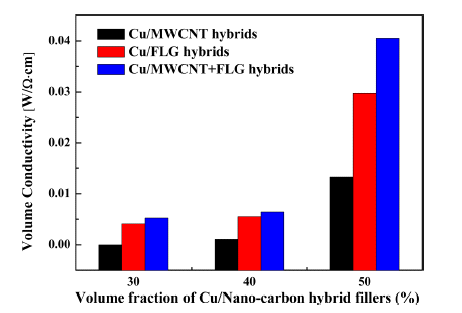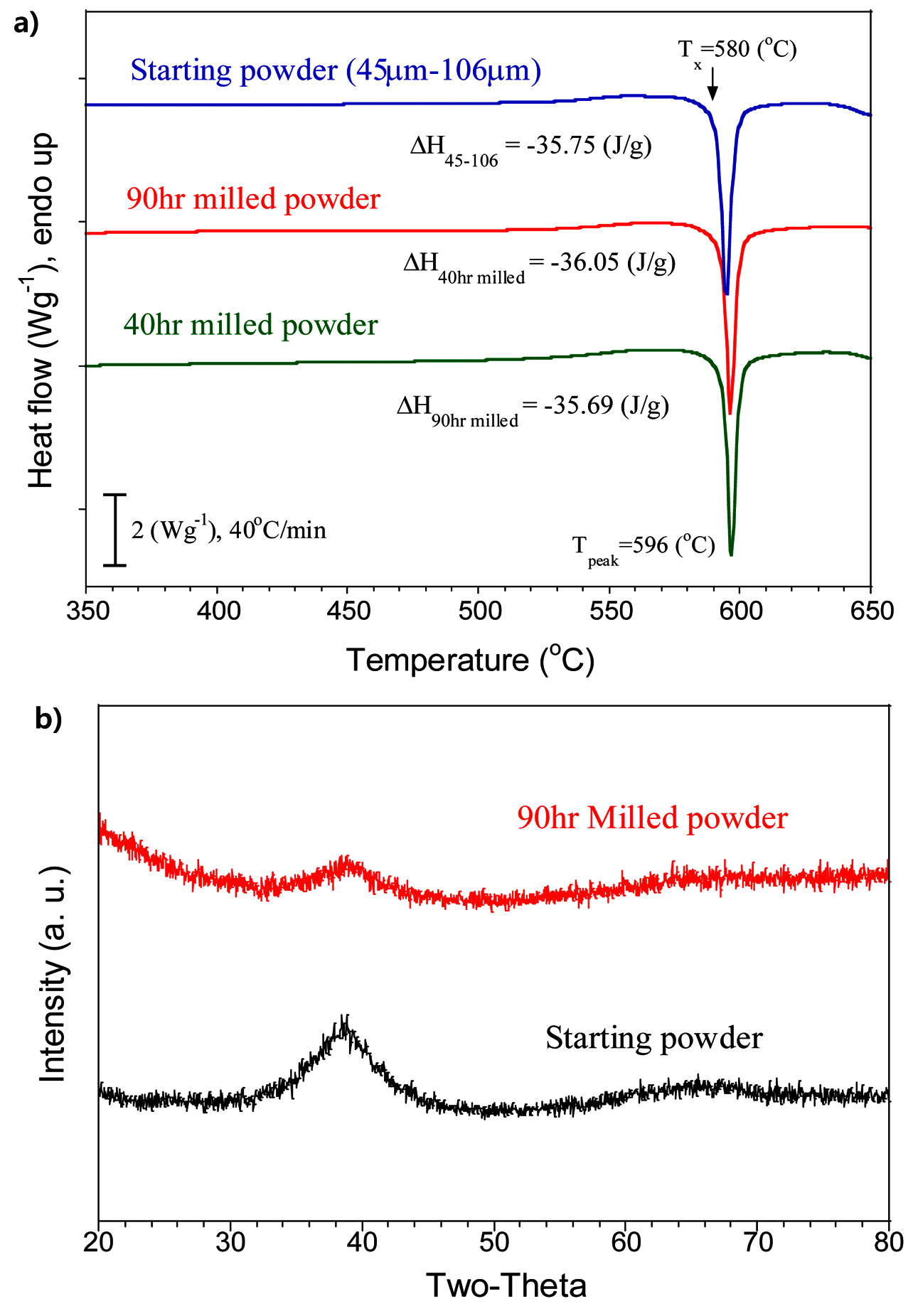Search
- Page Path
- HOME > Search
- [English]
- Optimization of VIGA Process Parameters for Power Characteristics of Fe-Si-Al-P Soft Magnetic Alloy using Machine Learning
- Sung-Min Kim, Eun-Ji Cha, Do-Hun Kwon, Sung-Uk Hong, Yeon-Joo Lee, Seok-Jae Lee, Kee-Ahn Lee, Hwi-Jun Kim
- J Powder Mater. 2022;29(6):459-467. Published online December 1, 2022
- DOI: https://doi.org/10.4150/KPMI.2022.29.6.459

- 676 View
- 12 Download
-
 Abstract
Abstract
 PDF
PDF Soft magnetic powder materials are used throughout industries such as motors and power converters. When manufacturing Fe-based soft magnetic composites, the size and shape of the soft magnetic powder and the microstructure in the powder are closely related to the magnetic properties. In this study, Fe-Si-Al-P alloy powders were manufactured using various manufacturing process parameter sets, and the process parameters of the vacuum induction melt gas atomization process were set as melt temperature, atomization gas pressure, and gas flow rate. Process variable data that records are converted into 6 types of data for each powder recovery section. Process variable data that recorded minute changes were converted into 6 types of data and used as input variables. As output variables, a total of 6 types were designated by measuring the particle size, flowability, apparent density, and sphericity of the manufactured powders according to the process variable conditions. The sensitivity of the input and output variables was analyzed through the Pearson correlation coefficient, and a total of 6 powder characteristics were analyzed by artificial neural network model. The prediction results were compared with the results through linear regression analysis and response surface methodology, respectively.
- [Korean]
- Effects of Morphologies of Carbon Nanomaterials on Conductivity of Composites Containing Copper/Carbon Nanomaterial Hybrid Fillers
- Yeonjoo Lee, Sung-uk Hong, Hyunjoo Choi
- J Korean Powder Metall Inst. 2018;25(5):435-440. Published online October 1, 2018
- DOI: https://doi.org/10.4150/KPMI.2018.25.5.435

- 383 View
- 1 Download
-
 Abstract
Abstract
 PDF
PDF In the present study, we develop a conductive copper/carbon nanomaterial additive and investigate the effects of the morphologies of the carbon nanomaterials on the conductivities of composites containing the additive. The conductive additive is prepared by mechanically milling copper powder with carbon nanomaterials, namely, multi-walled carbon nanotubes (MWCNTs) and/or few-layer graphene (FLG). During the milling process, the carbon nanomaterials are partially embedded in the surfaces of the copper powder, such that electrically conductive pathways are formed when the powder is used in an epoxy-based composite. The conductivities of the composites increase with the volume of the carbon nanomaterial. For a constant volume of carbon nanomaterial, the FLG is observed to provide more conducting pathways than the MWCNTs, although the optimum conductivity is obtained when a mixture of FLG and MWCNTs is used.
- [Korean]
- Micro-deformation behavior of Brittle Hf-based Metallic Glass during Mechanical Milling
- Song-Yi Kim, A-Young Lee, Eun-Ji Cha, Do-Hun Kwon, Sung-Uk Hong, Min-Woo Lee, Hwi-Jun Kim, Min-Ha Lee
- J Korean Powder Metall Inst. 2018;25(3):246-250. Published online June 1, 2018
- DOI: https://doi.org/10.4150/KPMI.2018.25.3.246

- 523 View
- 2 Download
-
 Abstract
Abstract
 PDF
PDF In this study, we investigate the deformation behavior of Hf44.5Cu27Ni13.5Nb5Al10 metallic glass powder under repeated compressive strain during mechanical milling. High-density (11.0 g/cc) Hf-based metallic glass powders are prepared using a gas atomization process. The relationship between the mechanical alloying time and microstructural change under phase transformation is evaluated for crystallization of the amorphous phase. Planetary mechanical milling is performed for 0, 40, or 90 h at 100 rpm. The amorphous structure of the Hf-based metallic glass powders during mechanical milling is analyzed using differential scanning calorimetry (DSC) and X-ray diffraction (XRD). Microstructural analysis of the Hf-based metallic glass powder deformed using mechanical milling reveals a layered structure with vein patterns at the fracture surface, which is observed in the fracture of bulk metallic glasses. We also study the crystallization behavior and the phase and microstructure transformations under isothermal heat treatment of the Hf-based metallic glass.
TOP
 KPMI
KPMI

 First
First Prev
Prev


